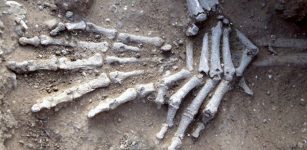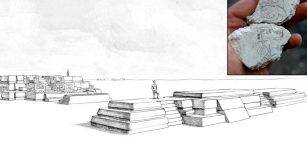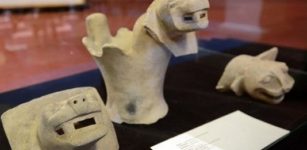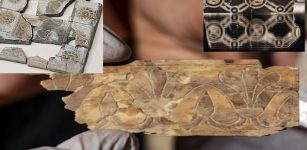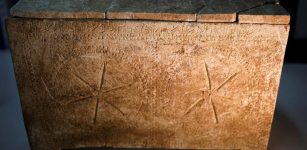Mystery Of Nebra Sky Disk: New Analysis Shows Surprising Results
Conny Waters - AncientPages.com - Until now the Nebra sky disk was deemed to be from the Early Bronze Age and therefore the world’s oldest depiction of the cosmos.
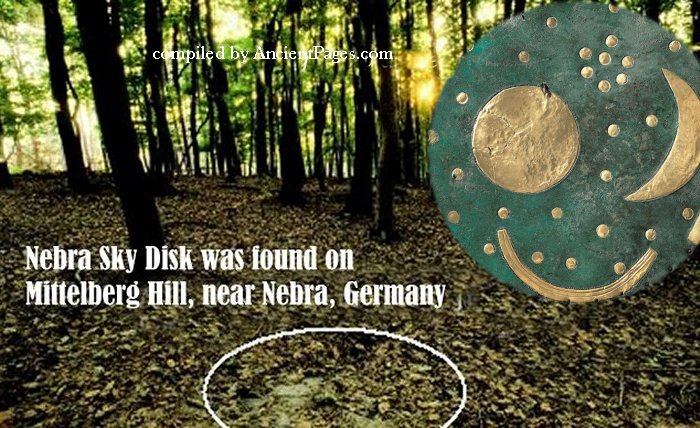
Archaeologists from Goethe University Frankfurt and Ludwig-Maximilian University in Munich have now reanalyzed diverse data on the reconstruction of the discovery site and surrounding circumstances of the find.
Their findings are that the disk must be dated in the Iron Age, making it about 1,000 years younger than previously assumed. This makes all previous astronomical interpretations obsolete.
The Nebra sky disk is one of Germany’s most significant archaeological finds and was included in the UNESCO Memory of the World Register in 2013.
It was discovered by some treasure hunters and the discoverers' unprofessional removal from the ground, unfortunately, damaged the fragile disc's outer rim and one of its 32 stars was lost. The discovery was made in a prehistoric area of Mittelberg Hill near Nebra, a small town in the district of Burgenlandkreis of Saxony-Anhalt, 112 miles southwest of Berlin, Germany.
 The stages in the life of the Sky Disc. Source: © LDA Sachsen-Anhalt
The stages in the life of the Sky Disc. Source: © LDA Sachsen-Anhalt
In this illegal excavation in 1999, the treasure hunters also found two Bronze Age swords, two axes, and fragments of armlets.
This discovery context was important for the scientific dating, as the disk itself could neither be scientifically nor archeologically dated by comparison with other objects.
Many years of investigations by several research groups, therefore, attempted to verify both the attribution to the supposed discovery site as well as the common origins of the objects independent of the vague information given by the looters.
See also:
Nebra Disc – Artifact That Represents 3,600-Year-Old Astronomical Knowledge
Rupert Gebhard, Director of the Munich Archäologischen Staatssammlung, and Rüdiger Krause Professor for Prehistory and Early European History at Goethe University Frankfurt have now extensively analyzed the discovery circumstances and research results on the Nebra sky disk.
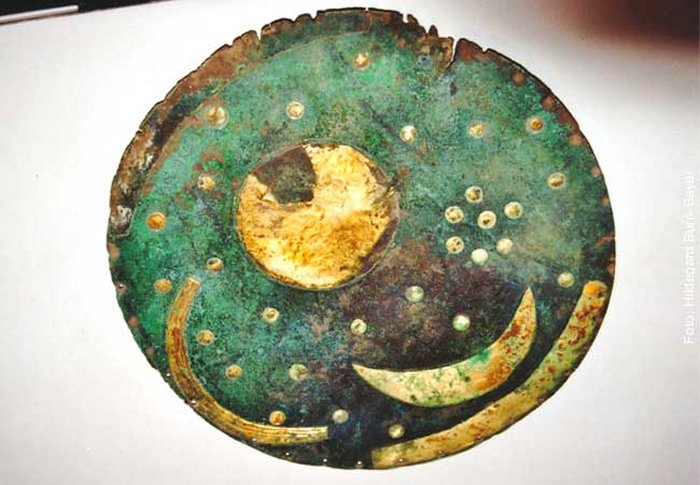 The condition of the Nebra sky disk before being transferred to the Landesmuseum Halle an der Saale. Credit: Hildegard Burri-Bayer
The condition of the Nebra sky disk before being transferred to the Landesmuseum Halle an der Saale. Credit: Hildegard Burri-Bayer
They concluded that the site that was considered the discovery site until today and which was investigated in subsequent excavations is with high probability not the discovery site of the looters.
Furthermore, there is no convincing evidence that the Bronze Age swords, axes, and bracelets form an ensemble of common origins. For this reason, it must be assumed that this is not a typical Bronze Age deposit and that the disk was not found together with the other objects in an original state at the excavation site.
Written by Conny Waters - AncientPages.com Staff Writer



